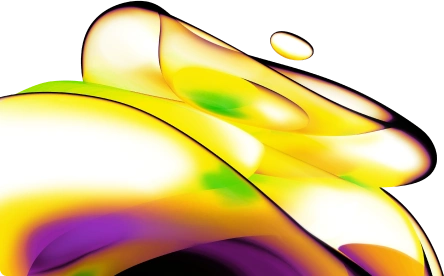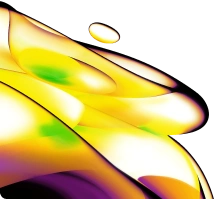

HTRF Cortisol Detection Kit, 500 Assay Points
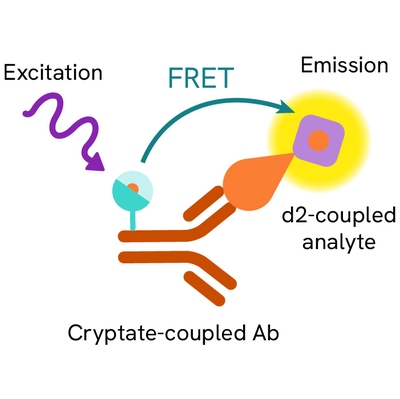

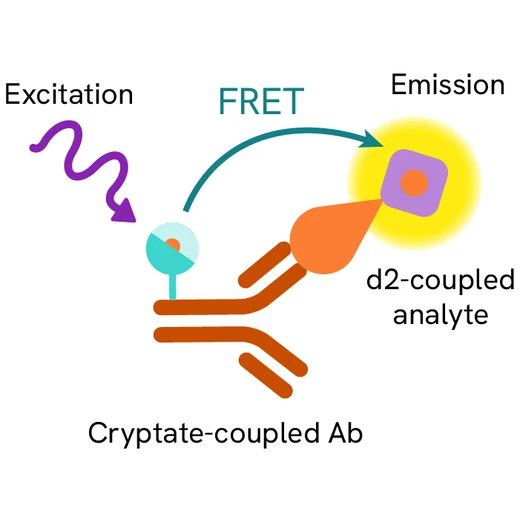


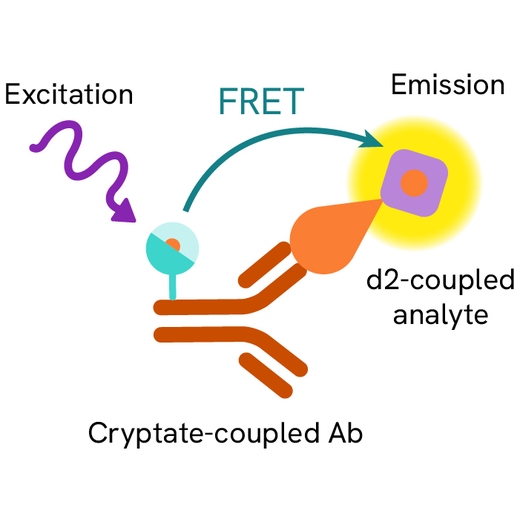


| Feature | Specification |
|---|---|
| Application | Protein Quantification |
| Sample Volume | 10 µL |









Product information
Overview
Cortisol, also known as hydrocortisone, is the major glucocorticoid produced and secreted by the adrenal cortex. It is involved in regulation of glucose metabolism, fat degradation, blood pressure levels, and stress inhibition. Cortisol also diffuses into cells, where its level is highly regulated by 11ß-hydroxysteroid dehydrogenase (type 1 or 2). The cortisol assay allows for rapid and accurate cortisol measurement, even in complex samples such as liver microsomes, whole cells, and animal serum. This assay can also be used to assess 11ß-HSD1 activity (native, recombinant, or microsomal).
How it works
Assay principle
The kit is based on a competitive format involving a specific antibody labelled with Cryptate (donor) and cortisol coupled to d2 (acceptor). Cortisol produced by cells competes with d2-labelled cortisol for binding to monoclonal anti-cortisol Eu Cryptate.

Assay protocol
The cortisol assay features a streamlined protocol with only two incubation steps:
- Cell stimulation by target compounds
- Cortisol detection using HTRF reagents.
This protocol requires only a single, two-hour incubation period following cell stimulation.

Assay details
Key features
| Sample compatibility | serum, whole cells, &liver microsomes |
|---|---|
| Detection limit: | 70 pg/mL (2 fmol cortisol/well) |
| Dynamic range | 0.1 to 100 ng/mL |
| S/B | >30 |
| Cross-reactivity: | Cortisone 0.9% |
| Corticosterone 7.0% | |
| Prednisolone 5.7% | |
| Cortisone 0.9% | |
| Progesterone 2.7% | |
| Prednisone <0.3% | |
| Testosterone <0.002% | |
| DHEA <0.02% | |
| Dexamethasone<0.0007% | |
| Z': | 0.9 for 20 µl assay volumes |

Assay validation
Cortisol assessment on microsomes
The cortisol kit is intended to accurately measure hydrocortisone in complex samples such as serum, cells and microsome preparations. Figure 2 summarizes the results of a microsomal 11ß-HSD1 assay performed using HTRF cortisol reagents in low-volume 384-well plates. Known inhibitors of 11ß-HSD1, Carbenoxolone and Glycyrrhetinic acid, blocked the conversion of cortisone into cortisol. IC50 values were 0.33 and 0.31 µM respectively.
Microsomal 11ß-HSD1 (0.2mg/mL) was stimulated by NADPH (200µM) and cortisone (160nM) in a 384 low-volume plate. Various concentrations of the Glycyrrhetinic acid and Carbenoxolene inhibitors were added.
A standard curve with known cortisol concentrations was run concomitantly. Plates were incubated for 2 hours at 37°C and then a cortisol-d2 conjugate and Eu3+ Cryptate labeled anti-cortisol antibodies were added.
Plates were incubated at RT for 4 hours after reagent additions and emissions read at 620 and 665 nm.

Specifications
| Application |
Protein Quantification
|
|---|---|
| Brand |
HTRF
|
| Detection Modality |
HTRF
|
| Product Group |
Kit
|
| Sample Volume |
10 µL
|
| Shipping Conditions |
Shipped Ambient
|
| Target Class |
Biomarkers
|
| Technology |
TR-FRET
|
| Therapeutic Area |
Metabolism/Diabetes
|
| Unit Size |
500 assay points
|
Video gallery
Citations
Resources
Are you looking for resources, click on the resource type to explore further.
Discover the versatility and precision of Homogeneous Time-Resolved Fluorescence (HTRF) technology. Our HTRF portfolio offers a...
This guide provides you an overview of HTRF applications in several therapeutic areas.
Advance your autoimmune disease research and benefit from Revvity broad offering of reagent technologies


Loading...
How can we help you?
We are here to answer your questions.
